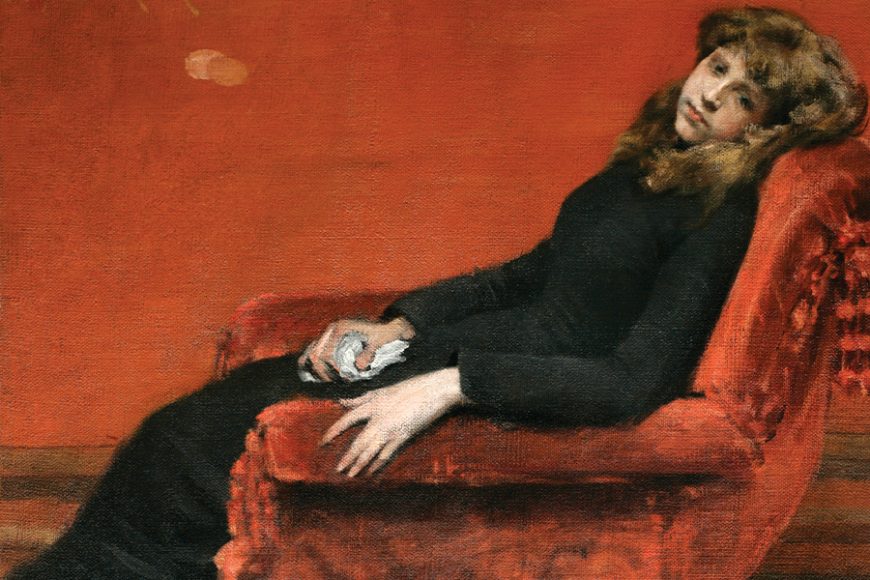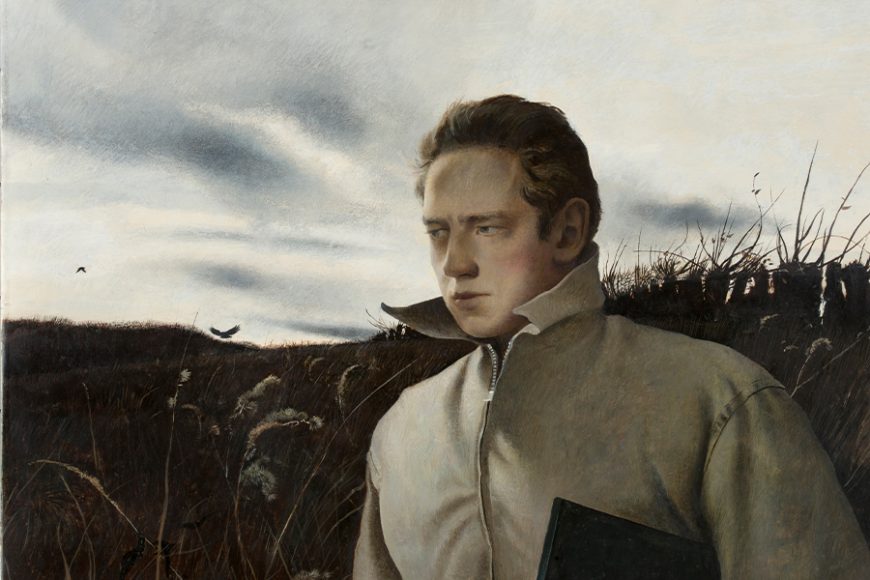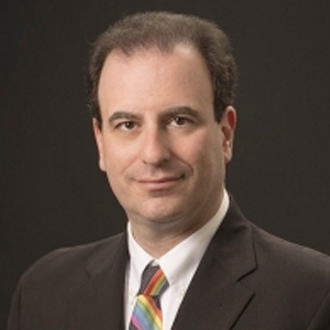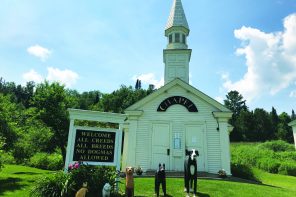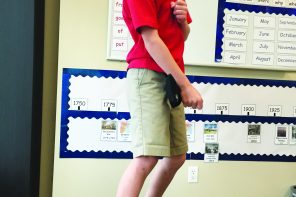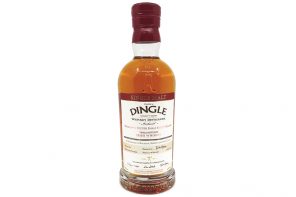We tend to know artists by their works, not their faces. But now a new touring exhibit of portraits of the artists and their masterworks is changing all that.
“For America: Paintings From the National Academy of Design,” presented by the organization in collaboration with the American Federation of Artists, brings together portraits, self-portraits and other paintings by some of the most prominent 19th- and 20th-century American artists, members of the National Academy of Design.
The sole New England stop in the “For America” tour will be the New Britain Museum of American Art (NBMAA), which has focused on the nation’s artistic heritage since its founding in 1903.
“The National Academy of Design doesn’t have a museum, so these are not works that people can see all of the time,” says Cynthia Cormier, director of education at the NBMAA, where the exhibit will open next month. “They used to have a museum, but it is closed. So, this is going to be a real showstopper.
“For anyone interested in the history of American art, this is the place to go,” she adds. “This exhibition goes back to the roots of how America was trying to define itself in the larger history of art.”
For Cormier, the exhibition’s portraits mirror the museum’s celebration of its subject. The first gallery spaces are devoted to portraits created during the British colonial period and the early years of American independence.
“We kind of forget how important portraiture was,” she says. “When you come to a museum like this, you start with portraiture, because that’s really all there was for a long time.”
The roughly 100 paintings in the exhibition contain treasures by some of the most influential figures in American art history. Works by Winslow Homer, Thomas Eakins, John Singer Sargent, Cecilia Beaux and Andrew Wyeth are on display. Some people might be surprised to see artwork by Samuel F.B. Morse. While Morse is best remembered as the inventor of the telegraph and the code that carries his name, he was a prominent artist and among the academy’s founders. In “For America,” Morse is represented by a delicate self-portrait of his 18-year-old self from 1809. The watercolor on ivory work makes him look like the Jeffersonian Era equivalent of a pop idol.
Hudson River School artists Asher B. Durand and Frederic Church are presented in portraits as strikingly handsome men. The Winslow Homer portrait by Oliver Ingraham Lay offers an owl-eyed man with a walrus mustache. It is easy to imagine this man creating many of the hardy seascapes that made him a popular favorite.
Eakins’ 1902 self-portrait is easily the most haunting. The artist’s mournful expression and haunting gaze amid a shadow-thick setting opens a portal into a deeply introspective soul. In sharp contrast, Beaux’s 1894 Impressionist self-portrait shows a bold and confident woman who is ready and eager to enter what was still a man’s world with her paintbrushes.
The most recently done portrait on display is Peter Saul’s wonderfully over-the-top pop art self-examination from 2013. Arguably, the most mysterious work is also the face of the exhibition — Wyeth’s 1945 self-portrait, with the broad-shouldered, ruddy-faced artist pensively gazing at an unseen horizon while standing in a thick marsh as oversize predatory birds circle the sky behind him. Cormier notes Wyeth rarely did self-portraits but then again, she says, all of the “For America” work are relatively rare.
Not every painting in the exhibit is a portrait, and Cormier is especially thrilled with the inclusion of “The Miraculous Haul of Fishes,” a 1913 masterpiece by the African-American artist Henry Ossawa Tanner. The elusive Albert Ryder, who created fewer than 200 paintings in his lifetime, is represented with his dramatic 1907 sea vision “Marine” while David Diao’s 2000 acrylic and silkscreen “Bruce and Me” contrasts the muscular power of Bruce Lee against a blank space that might represent Diao’s eponymous “Me.”
One of Cormier’s goals with exhibit is to expand the museum’s visibility beyond central Connecticut. She acknowledges that her venue is mostly unknown to art lovers in Westchester and Fairfield counties. This show follows a recent Georgia O’Keeffe exhibition that attracted a larger- than-normal visitor turnout, and Cormier hopes artistic lightning will strike twice.
“When you live in Fairfield County, you gravitate to New York City,” she says. “With the O’Keeffe (exhibit), we had people come up from New York. We’re hoping that now that the O’Keeffe show happened and you found your way here from Darien, you realize that we are easy to get to and there is not a lot of traffic. There is free parking and you can spend quite a bit of time here and eat here, so you might want to come back.”
“For America: Paintings from the National Academy of Design” is at the New Britain Museum of American Art Oct. 16 through Jan. 26. The museum is at 56 Lexington St. For more, visit nbmaa.org or call 860-229-0257.

